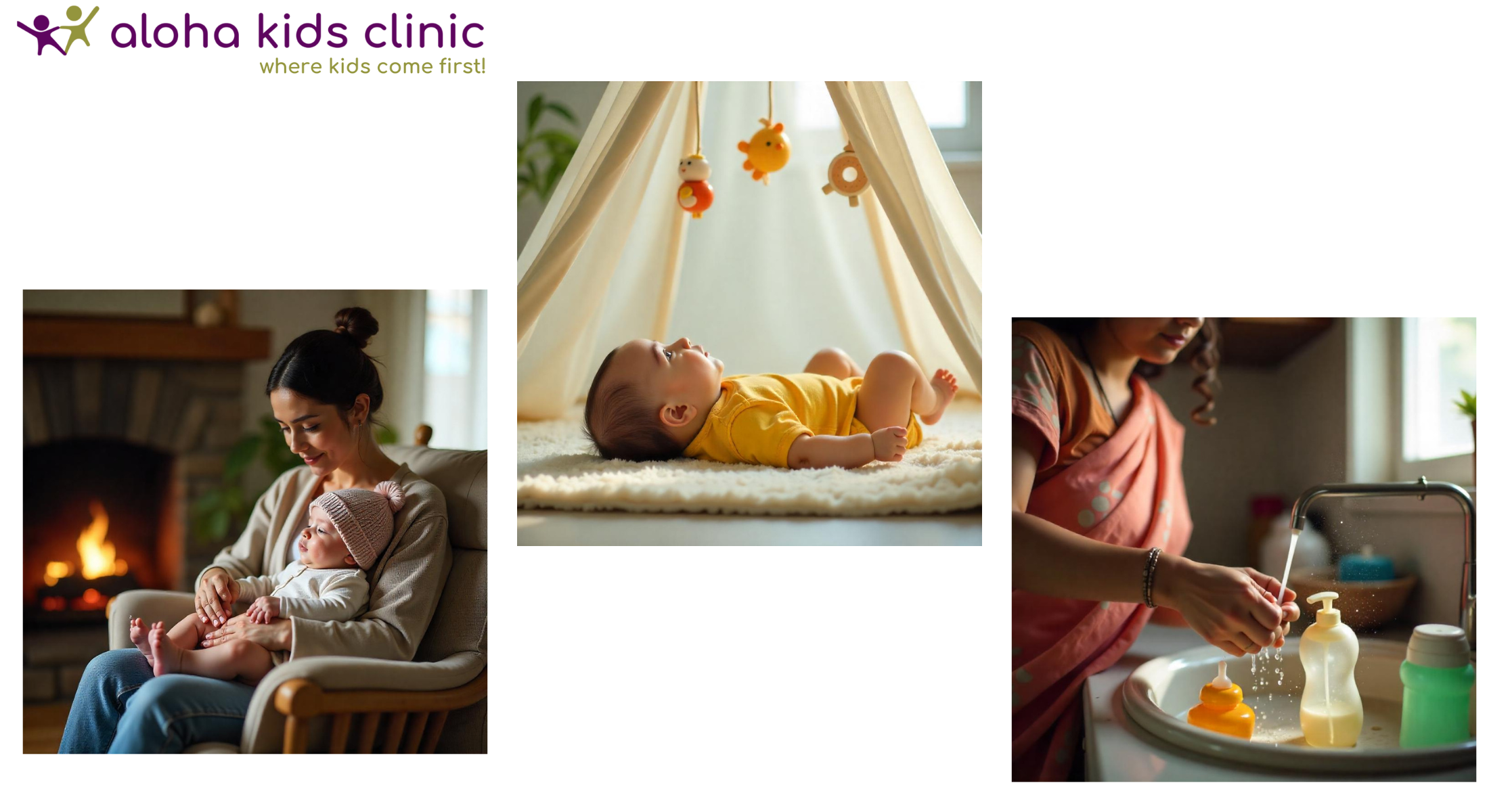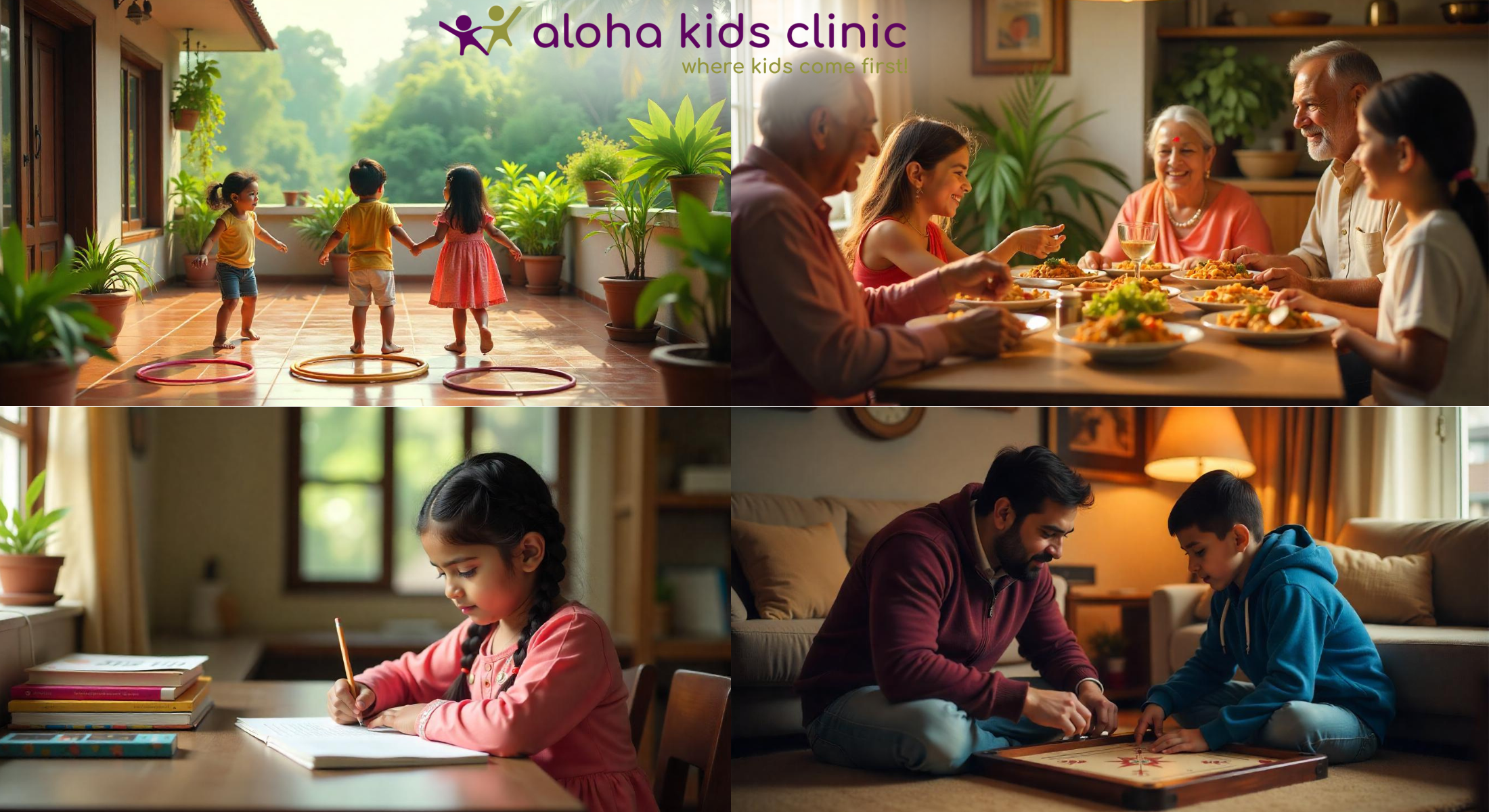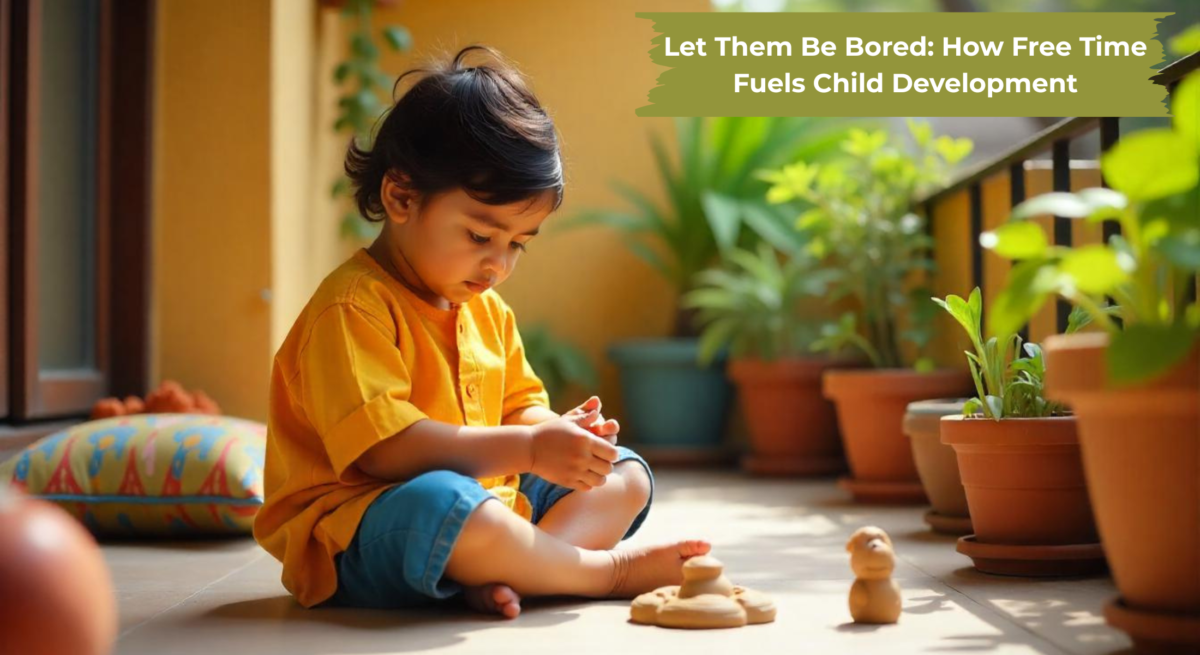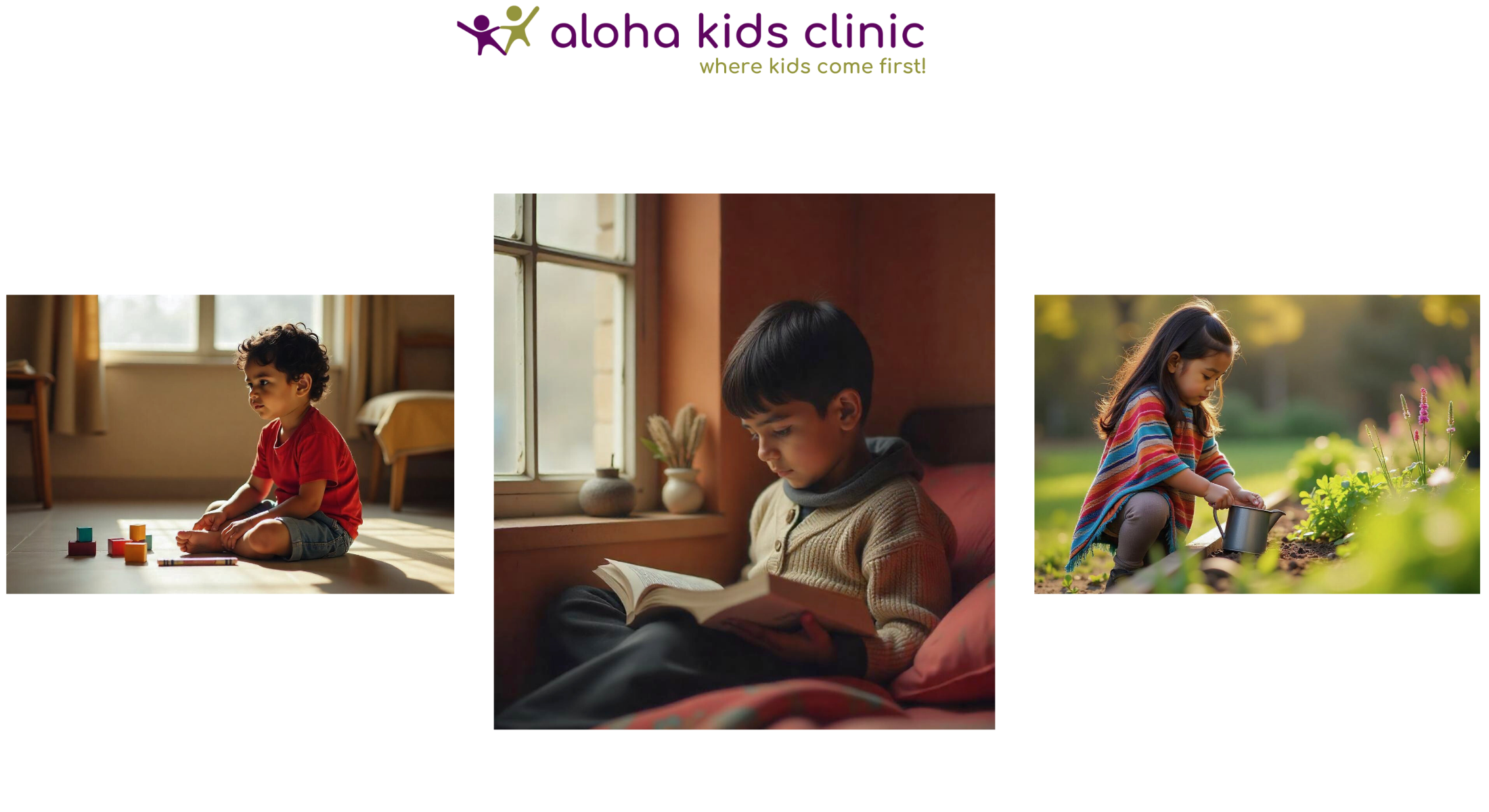A new baby brings lots of love, joy, and big emotions into the home. But it’s not only the parents who need to adjust—siblings and pets also feel the changes. With a little preparation, patience, and care, you can help the whole family welcome the baby and ease into this new chapter together. Here are some simple tips to make the transition smoother for everyone.
Preparing Siblings Before Baby Arrives
Start talking to your older child about the new baby early in your pregnancy. Show your child pictures of the baby from the doctor and let them feel the baby move.. You can also let them choose baby clothes or toys. This helps them feel excited and included.
Reading books about becoming a big brother or big sister can make your child understand what’s coming. Playing with dolls is also a fun way to practice being gentle and kind to a baby. Let your child talk about how they feel—happy, worried, or even a little jealous.
When your older child meets the baby for the first time, try to keep things calm and quiet. It can help if the baby is in a crib or in your arms, so your child doesn’t feel too overwhelmed. Let them watch and take their time. They will come closer when they are ready. If they want to touch the baby, show them how to be gentle, but don’t force it. Say kind words when they act nicely, and give them little jobs—like bringing a diaper or singing to the baby. These small tasks help them feel important and happy to be a big brother or sister.
It’s normal if the child starts acting out or doing things they used to do when they were younger. Be patient and give them lots of love, hugs, and attentionMake time each day to be with just them—even 10 minutes of reading or playing can mean a lot.. Tell them often that they are still very special and loved, and that they will always be an important part of the family.

The First Pet-Baby Introduction
Pets also need time to get used to having a new baby around.Before the baby arrives, slowly adjust your pet’s routine and let them smell baby items like lotion or powder.. After the baby is born, bring home something like a blanket or piece of clothing so your pet can become familiar with the baby’s scent.. Always watch your pet around the baby. Never leave them alone together Over time, your pet can learn to be a kind and trusted companion for your child.
Introducing your newborn to siblings and pets is different for every family, because each child and pet takes their own time to adjust. What matters most is making sure everyone feels safe, loved, and important. With a little patience and planning, your family can settle in well and start creating happy memories together.







